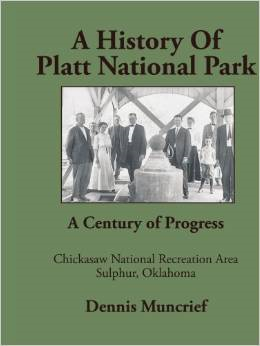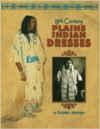Description
Sulphur Springs| Chickasaw Nation| Indian Territory| was established about 1890 in the foothills of the Arbuckle Mountain range of southern Oklahoma. The community was situated around thirty natural springs of mineral and fresh water. The town quickly became known as a place of “healing waters” and tourist flocked in from around the country. By 1900 there were enough boarding houses and hotels to accommodate one thousand tourists. The little frontier town had electric light and telephone companies. In preparation for statehood and the allotments of Indian land| Congress passed the Curtis Act in 1898. One of the provisions of this act was that each town of two hundred people or more were to be surveyed and withheld from allotments. Each survey team was supervised by an Indian Inspector to assure that no more land was taken for the town than was necessary. The Indian Inspector assigned to survey Sulphur Springs was named Joseph Swords. He fell in love with the area and petitioned his uncle| U. S. Senator Orville H. Platt to sponsor a bill in Congress to reserve the springs and create a Federal Reservation for the protection of the springs. After a two- year battle| on July 1| 1902| Congress passed the necessary legislation to create the Sulphur Springs Reservation. Joseph Swords was appointed superintendent of the new park and was ordered to remove the town of 1|100 people and the buildings from inside the park boundary. Nine house moving companies began removing the buildings from the reservation in 1903 and the new park was ready to develop. In 1906| the name of the Reservation was changed to Platt National Park in honor of the recently deceased Senator Orville H. Platt. This book tells the true story of the growing pains of the new town of Sulphur Springs and the development of the resources of Platt National Park.






Reviews
There are no reviews yet.